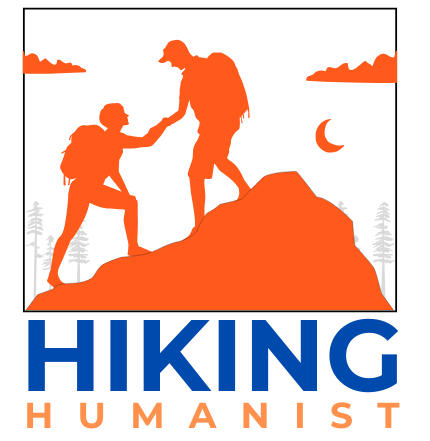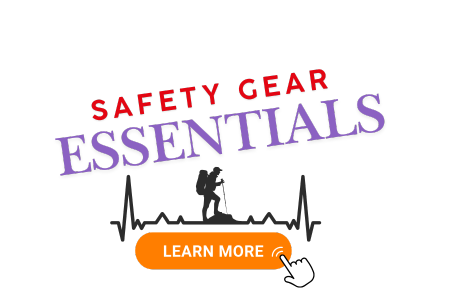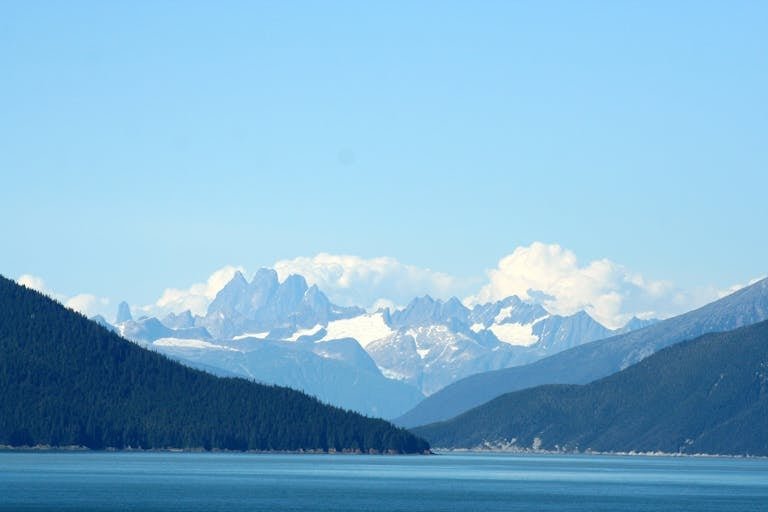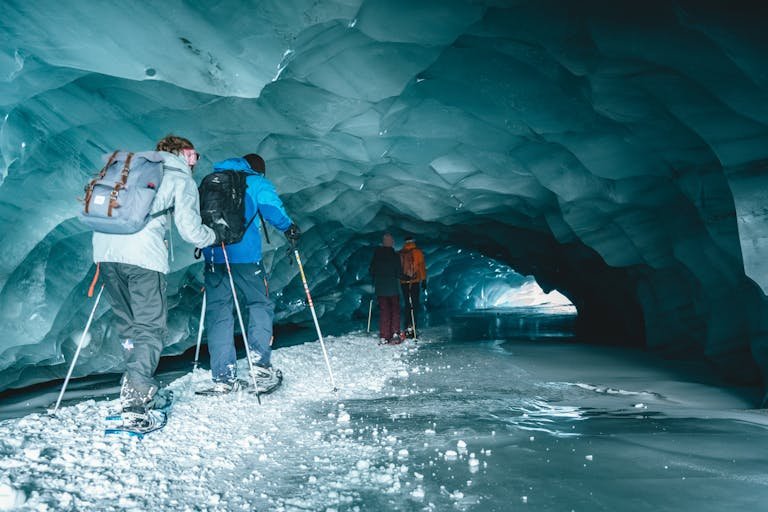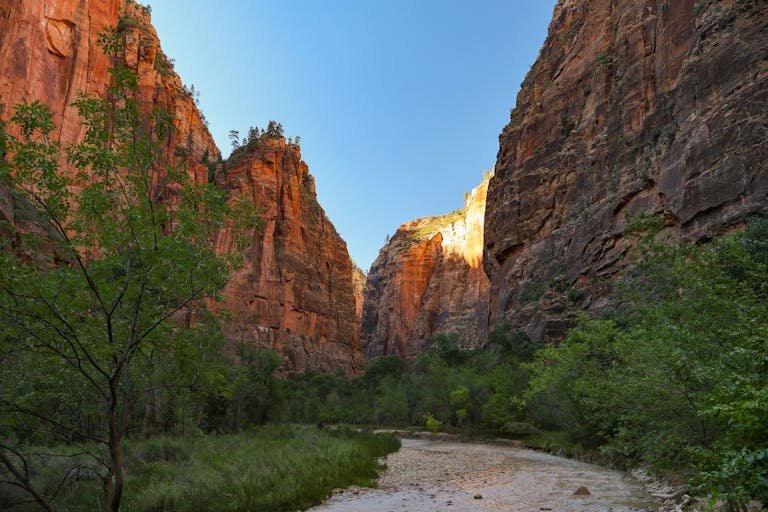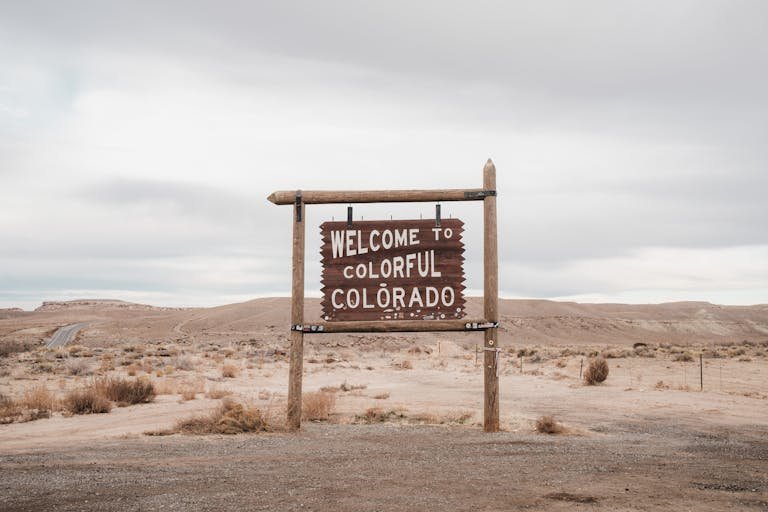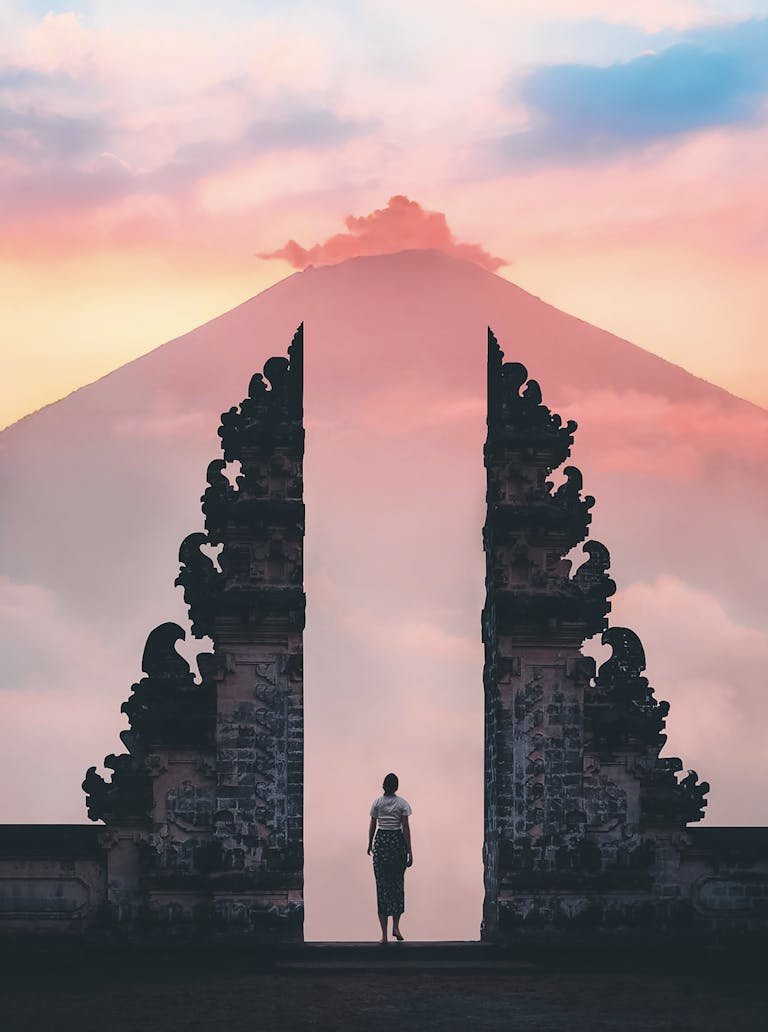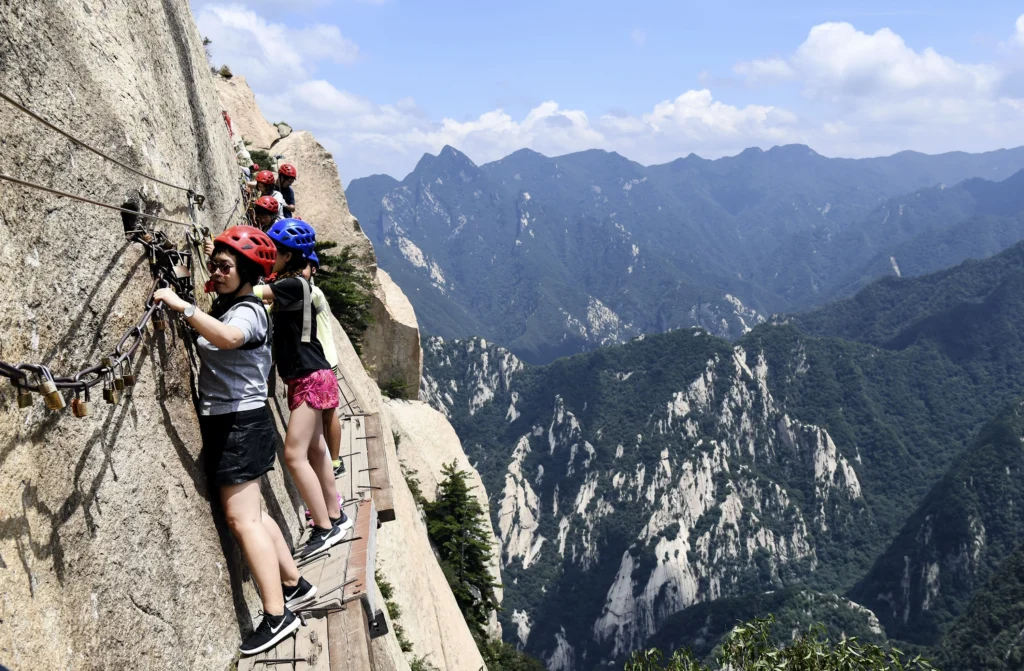
The wilderness holds a powerful draw, and for some, the most compelling trails are those etched with a history of human endeavor – both triumphant and tragic. Across North America, certain hikes stand apart, known not only for their breathtaking beauty but also for the inherent risks they pose. These aren’t simply paths through nature; they are passages into realms where human resilience is tested against the raw power of the elements. Think sheer cliffs, unpredictable weather, and encounters with wildlife – challenges that have led to both inspiring stories of survival and heartbreaking tales of loss.
This exploration delves into the stories behind these dangerous hikes, honoring the spirit of those who have dared to explore their limits amidst such formidable landscapes. We’ll examine the factors that contribute to their danger, from treacherous terrain to unpredictable wildlife, and uncover the lessons learned from past triumphs and tragedies. Join us as we navigate the fine line between human ambition and the wilderness’s untamed spirit, gaining a deeper understanding of the profound connection between humanity and the wild.
“Do nothing in haste; look well to each step; and from the beginning think what may be the end.” – Edward Whymper
12 Most Dangerous Hikes in the USA
Mount Washington, New Hampshire, USA
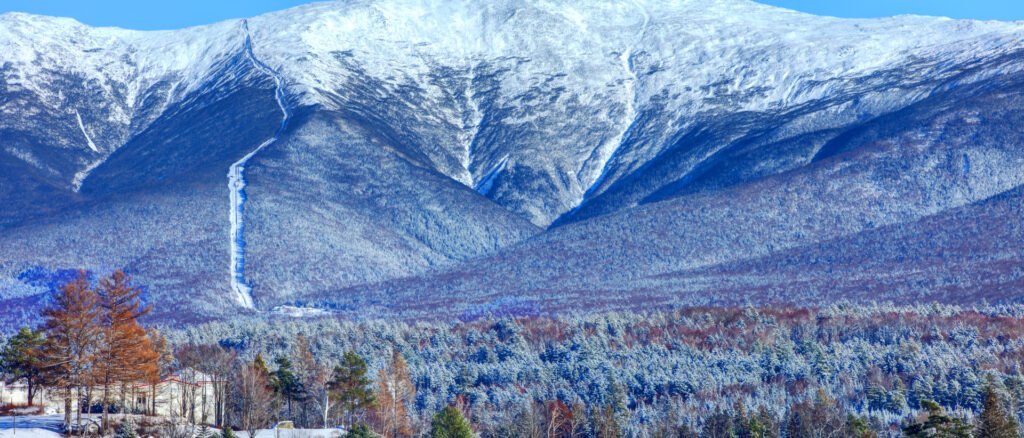
Mount Washington, standing at 6,288 feet in the Presidential Range of the White Mountains in New Hampshire, is notorious for its violent and unpredictable weather. This peak boasts the record for the highest wind speed ever recorded at the Earth’s surface — 231 mph in 1934. Known as the “Home of the World’s Worst Weather,” Mount Washington has been a fatal attraction for many hikers and climbers. The mountain’s treacherous weather has claimed over 150 lives, primarily due to hypothermia and sudden storms that can engulf the summit without warning.
Why It’s Dangerous: Record for the highest wind velocity on Earth.
- Risks Involved: Hypothermia, sudden weather changes.
- History & Accidents: More than 150 fatalities primarily due to severe weather conditions.
- Warnings & Safety: Constantly monitor weather updates, and carry emergency survival and cold weather gear.
The Maze, Utah, USA

The Maze, located in the remote reaches of Canyonlands National Park in Utah, offers one of the most complex and challenging navigational experiences in North America. Its labyrinthine canyons, towering rock formations, and vast, undisturbed landscapes make it a haven for those seeking isolation and adventure. The difficulty of access and the complexity of its routes have led to numerous rescues. Its name alone reflects the confusing and entangled network of canyons that has puzzled even seasoned hikers.
- Why It’s Dangerous: High complexity and remoteness.
- Risks Involved: Dehydration, heatstroke, getting lost.
- History & Accidents: Rescues are common for hikers who underestimate its labyrinthine nature.
- Warnings & Safety: Carry sufficient water and reliable navigation tools, and travel with experienced companions.
Kalalau Trail, Hawaii, USA
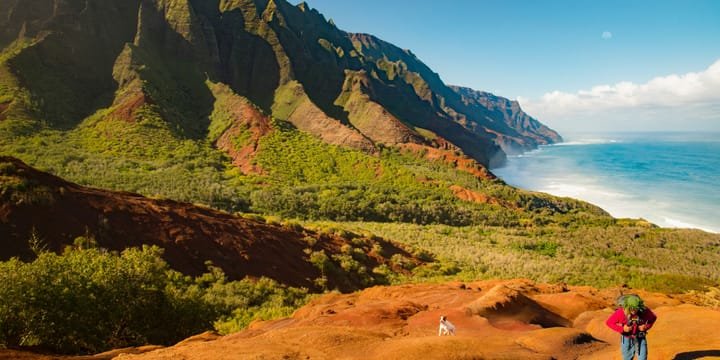
The Kalalau Trail, carved into the cliffs of the Na Pali Coast of Kauai, stretches 11 miles and offers stunning views of the Pacific Ocean and lush valleys. However, this beauty comes with risks; the trail is known for its narrow paths and steep drop-offs, with frequent landslides and flash floods adding to the danger. Over the years, the Kalalau Trail has seen its share of casualties, mostly from hikers falling from its cliffs or being swept away by strong river currents during unexpected floods.
- Why It’s Dangerous: Narrow paths, high cliffs, and volatile weather.
- Risks Involved: Falls, flash floods, mudslides.
- History & Accidents: Known fatalities from falls and high surf.
- Warnings & Safety: Check weather forecasts, be prepared for swift changes, and consider hiking with a guide.
Devil’s Path, New York, USA
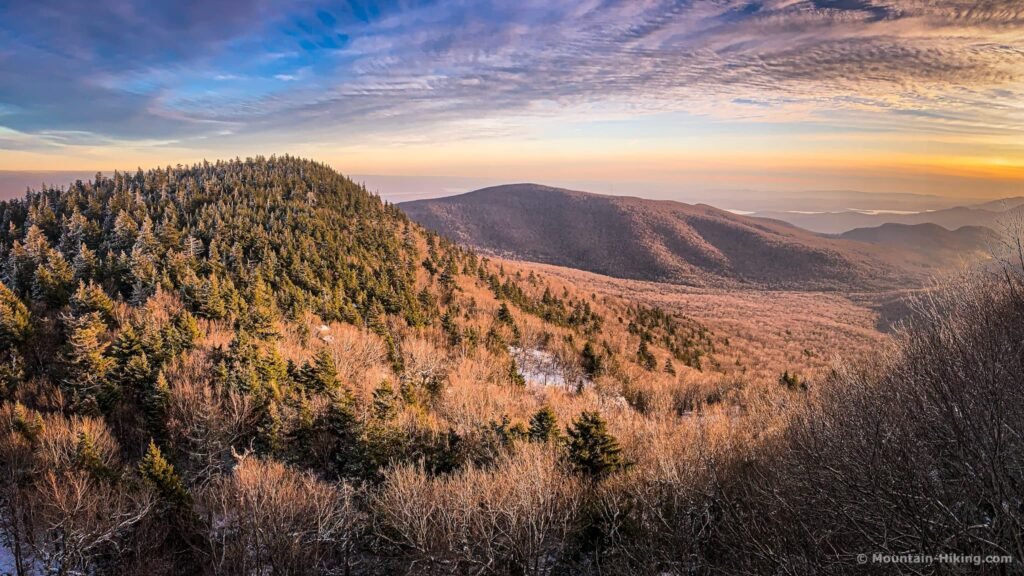
Devil’s Path in the Catskill Mountains of New York is infamously known as the most dangerous hiking trail in the Eastern United States. The trail is a grueling 24-mile long trek involving steep, rocky ascents and equally perilous descents. The path, established in the rugged terrain of the Catskills, tests the endurance and agility of even the most experienced hikers. The trail’s history includes numerous injuries from falls, and the treacherous terrain demands respect and careful navigation.
- Why It’s Dangerous: Steep, rocky terrain with precarious cliff edges.
- Risks Involved: Injuries from falls and rough terrain.
- History & Accidents: Several rescues and evacuations annually.
- Warnings & Safety: Wear appropriate hiking boots, carry navigation aids, and ensure physical readiness.
Mount Rainier, Washington, USA
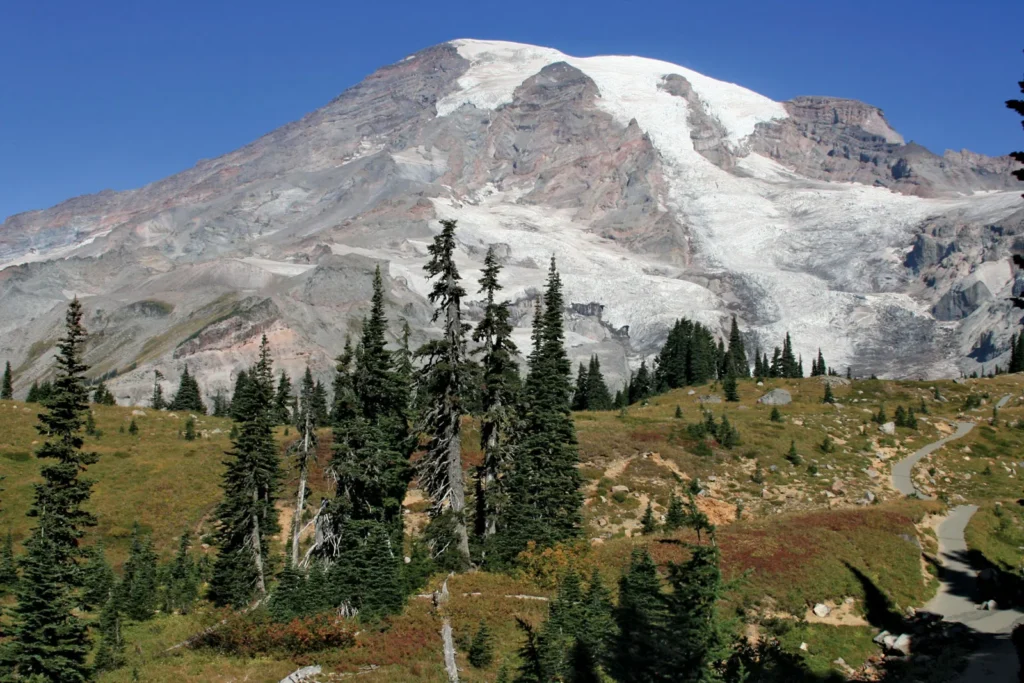
Mount Rainier, an iconic feature of the Washington landscape, is the most glaciated peak in the contiguous United States, spawning five major rivers. At 14,411 feet, its high altitude and rugged terrain make it a popular but perilous climb. The mountain’s unpredictable weather and high incidence of avalanches have resulted in over 400 fatalities, with countless others having close calls. The challenges posed by its icy conditions and crevasse-laden glaciers make it a mountaineer’s test of skill and endurance.
- Why It’s Dangerous: Glacial terrain, unpredictable weather, and high altitude.
- Risks Involved: Avalanches, crevasse falls, hypothermia.
- History & Accidents: Over 400 climbers have died attempting to conquer its peak.
- Warnings & Safety: Mandatory registration, proper mountaineering equipment, and guided tours are recommended.
Yosemite’s Half Dome, California, USA
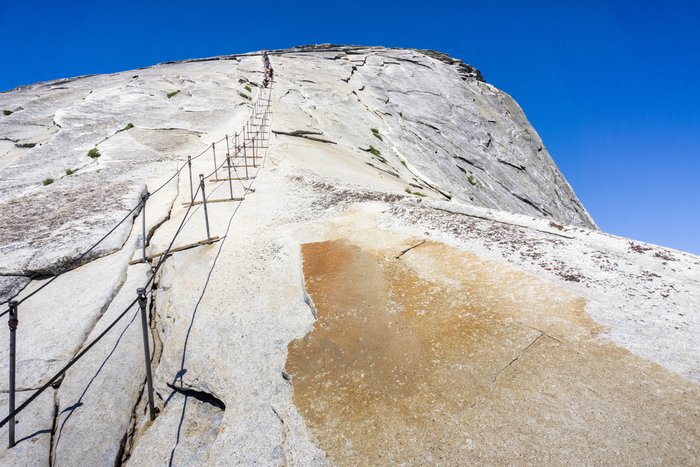
Yosemite’s Half Dome is an iconic monolith in Yosemite National Park and attracts adventurers from all over the world. The final 400 feet of the hike involves a treacherous cable-assisted climb that tests both courage and physical strength. Over the years, Half Dome has witnessed numerous accidents, often related to falls from the cables during sudden weather changes. The stark and majestic appearance of Half Dome belies the inherent dangers of its ascent.
- Why It’s Dangerous: Nearly vertical final ascent, exposure to elements.
- Risks Involved: Falls, weather changes, crowding on the cables.
- History & Accidents: Fatalities have occurred from falls and during inclement weather.
- Warnings & Safety: Permit required, best attempted in good weather, start early to avoid crowds.
Denali’s West Buttress, Alaska, USA
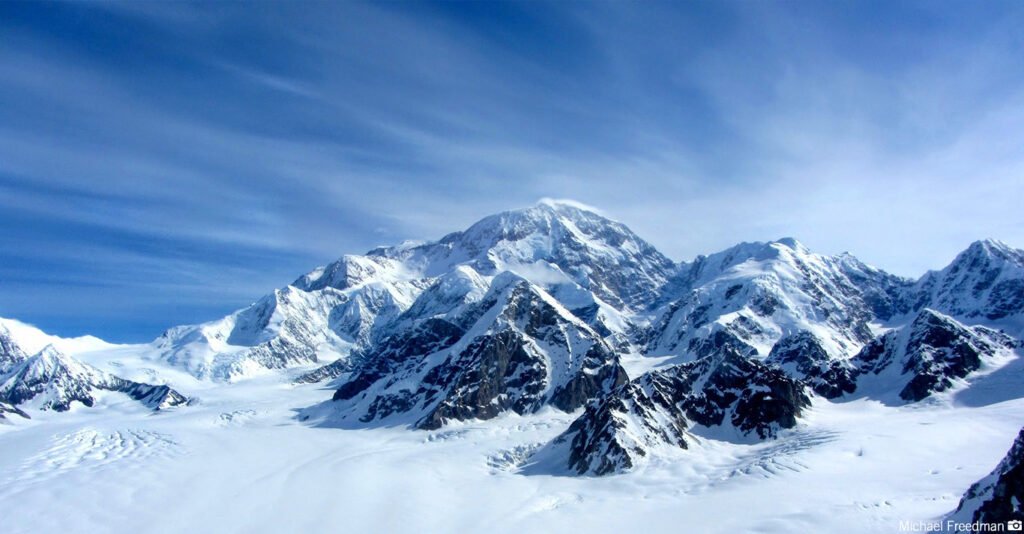
Denali, also known as Mount McKinley, is the highest peak in North America, standing at 20,310 feet. Its remote location in Alaska combined with extreme weather conditions makes the West Buttress route particularly deadly. Climbers face bitter cold, crevasses, and high altitude sickness on their quest to reach the summit. The mountain’s isolation means rescues are challenging and risky, and there have been numerous fatalities over the years, highlighting the mountain’s respect-demanding presence.
- Why It’s Dangerous: Extreme altitude and severe cold.
- Risks Involved: Altitude sickness, severe weather, avalanches.
- History & Accidents: Numerous fatalities related to extreme weather and altitude.
- Warnings & Safety: Acclimatization is required, and experienced guides, and advanced preparation are necessary.
Longs Peak, Colorado, USA
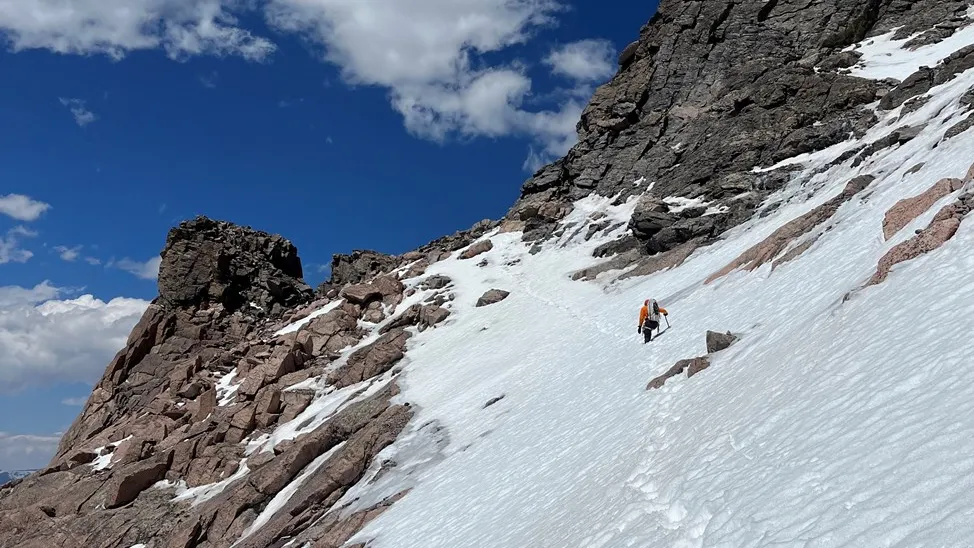
Longs Peak, towering at 14,259 feet in Rocky Mountain National Park in Colorado, is one of the park’s most formidable climbs, particularly noted for its Keyhole Route, which presents climbers with narrow ledges and loose rock. The mountain’s allure is matched by its danger; it claims lives almost every year due to falls and sudden severe weather changes, which can rapidly render the peak impassable.
- Why It’s Dangerous: High altitude, narrow paths, loose rocks.
- Risks Involved: Falls, altitude sickness, sudden weather changes.
- History & Accidents: Multiple fatalities from falls and weather.
- Warnings & Safety: Weather checks essential, high fitness level required, recommended early morning start.
Bright Angel Trail, Arizona, USA
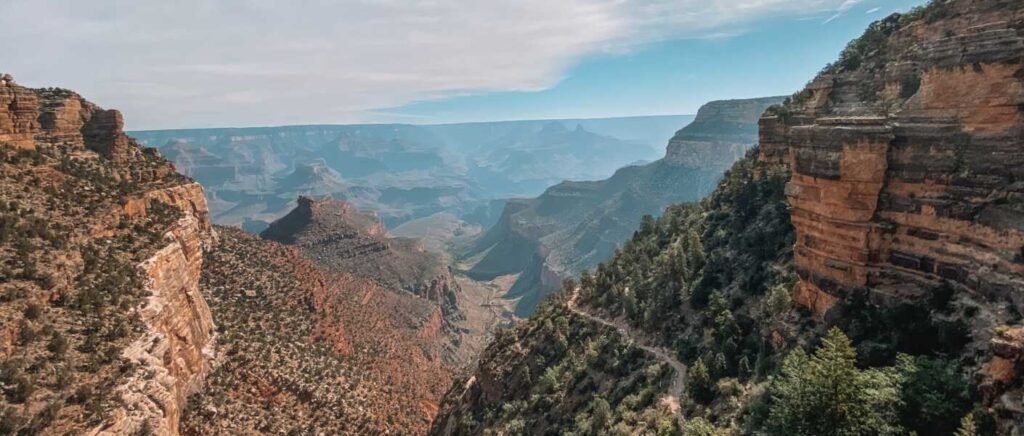
Located in the heart of the Grand Canyon, the Bright Angel Trail offers breathtaking views but is also deceptively dangerous. The Arizona heat can soar to extreme temperatures, leading to severe cases of heat exhaustion and dehydration among unprepared hikers. The trail has witnessed numerous heat-related emergencies and fatalities, particularly among those who underestimate the brutal Arizona sun.
- Why It’s Dangerous: Extreme heat, deep canyon exposure.
- Risks Involved: Heat exhaustion, dehydration.
- History & Accidents: Several heat-related illnesses and deaths have been reported.
- Warnings & Safety: Hydrate continually, avoid hiking during peak heat hours, and plan for a very early start.
Knife Edge Trail, Maine, USA
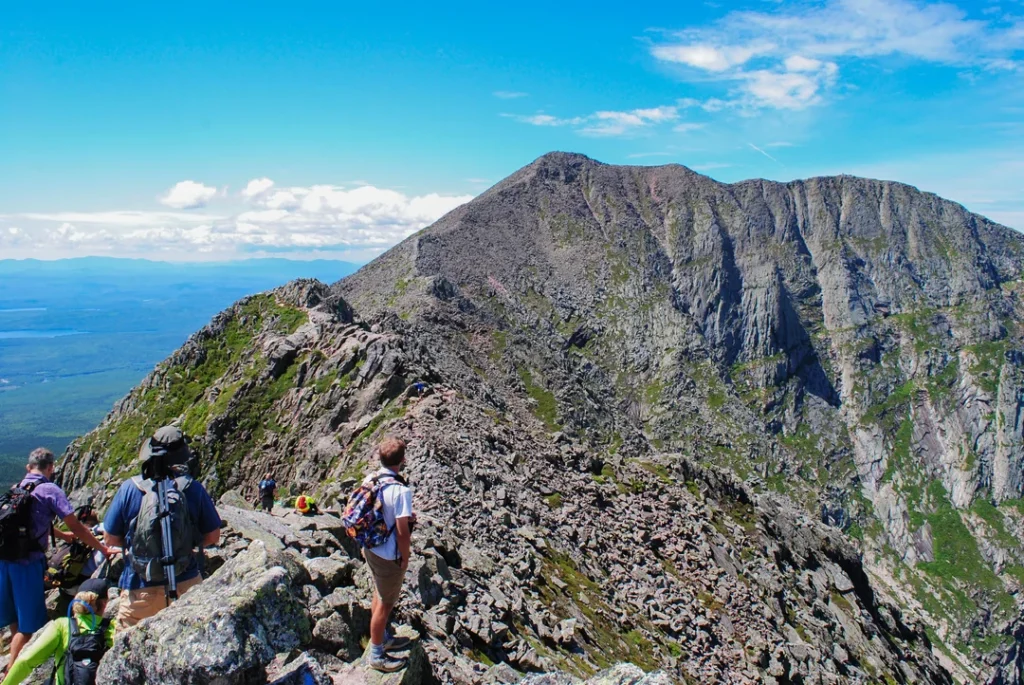
The Knife Edge Trail in Baxter State Park provides a narrow, jagged path to the summit of Mount Katahdin, Maine’s highest peak. This trail, only a few feet wide in places, flanked by steep drop-offs on either side, presents a thrilling yet hazardous crossing. Weather conditions can shift rapidly, adding to the peril with wind, rain, or fog, contributing to several tragic incidents over the years.
- Why It’s Dangerous: Extremely narrow path with steep drop-offs on either side.
- Risks Involved: Falls, exposure to wind and sudden weather shifts.
- History & Accidents: Deaths and injuries from falls.
- Warnings & Safety: Not recommended in poor weather, for experienced hikers only, no sudden movements or distractions.
Sky Pilot, British Columbia, Canada

The Sky Pilot Mountain near Squamish in British Columbia offers a challenging climb with sections requiring technical climbing skills. The ascent through rugged terrain and often unpredictable weather tests the limits of climbers, with several rescues and accidents reported due to the steep, rocky paths and occasional poor visibility.
- Why It’s Dangerous: Steep, technical climbs and loose scree.
- Risks Involved: Falls, rock falls.
- History & Accidents: Injuries from falls and rock slides.
- Warnings & Safety: Climbing experience required, appropriate safety gear mandatory, climb with partners.
Angels Landing, Utah, USA
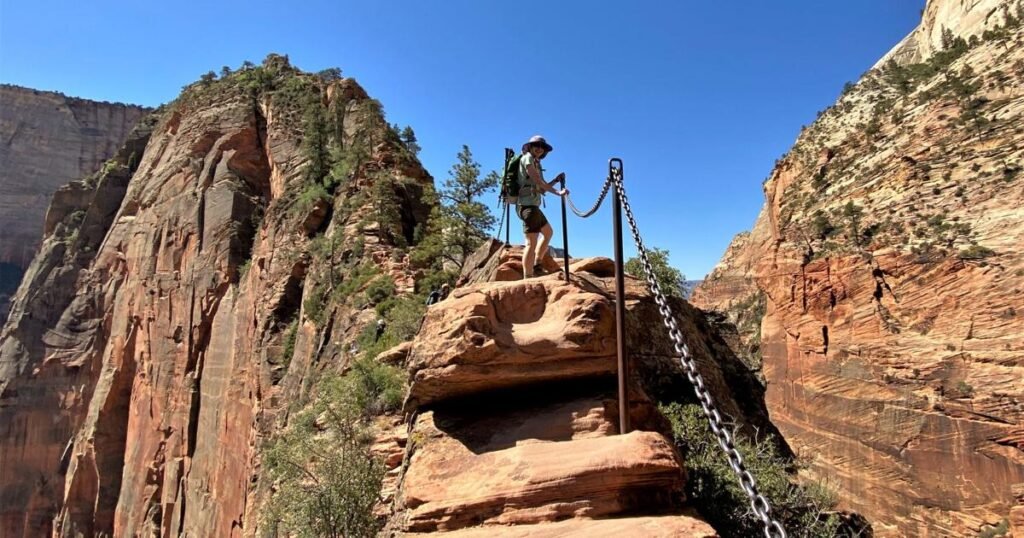
Angels Landing in Zion National Park is famed for its breathtaking views and the narrow spine hikers must traverse to reach the summit. The trail’s sheer drops and narrow path make it one of the most dangerous hikes in the U.S. Several fatal falls have occurred, often exacerbated by the trail’s popularity and overcrowding, which can lead to perilous conditions for even the most careful hikers
- Why It’s Dangerous: Extremely narrow ridges with 1,000-foot drop-offs.
- Risks Involved: Falls, crowded paths.
- History & Accidents: Several fatalities from falling.
- Warnings & Safety: Avoid if afraid of heights, not suitable in wet or icy conditions, early start is recommended to avoid crowds.
Conclusion: The Risks and Rewards of Dangerous Hikes
Embarking on any of the dangerous hikes listed above demands not only physical preparation but also a deep respect for the forces of nature. These trails, known for their breathtaking vistas and exhilarating challenges, also carry significant risks, from extreme weather conditions and treacherous terrains to potential wildlife encounters and sheer physical exhaustion. The reward for those who navigate these paths successfully is immense, offering unparalleled experiences, profound personal accomplishment, and a connection with nature that goes beyond the ordinary.
However, the peril inherent in these hikes cannot be overstated. Each step on these extreme trails should be taken with caution, and every hiker should be thoroughly prepared with the right knowledge, equipment, and physical conditioning. Whether facing the volatile weather of Mount Washington or the dizzying heights of Angels Landing, the blend of awe and danger serves as a powerful reminder of both the fragility and resilience of human life.
By understanding and respecting the dangers, adventurers can enjoy these treacherous hikes safely, ensuring that the thrill of conquest is accompanied by a safe return home.

References and Resources
For those interested in further exploration of these dangerous hikes or in preparing for such challenges, here are some resources and references that provide additional information and safety tips:
- National Park Service (NPS) – Offers detailed guides and safety tips for hiking in U.S. National Parks: Visit NPS
- AllTrails – Provides user reviews and trail information, including maps and photos: Explore AllTrails
- Mountain Forecast – Offers weather forecasts specifically for high-altitude locations: Check Weather on Mountain Forecast
- REI Co-op – Provides educational articles and tips on hiking gear and preparation: Learn at REI
- American Hiking Society – Offers safety guidelines and promotes hiking advocacy: Visit American Hiking Society
These resources can help you plan and execute your hiking adventures with greater confidence and safety, ensuring that your experience with these dangerous hikes is as rewarding as it is thrilling.
